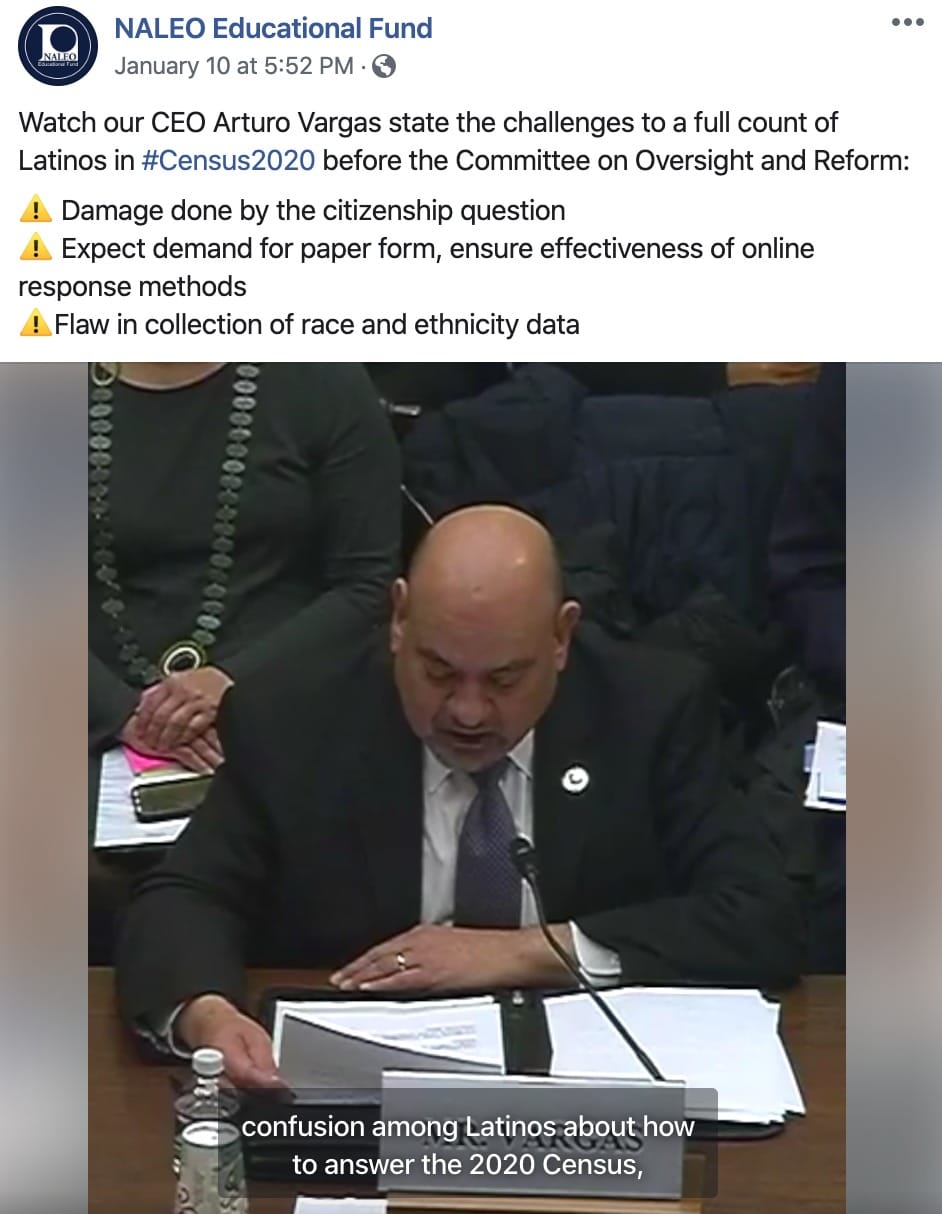

The study uncovered wide variances among the states in the results of those operations. The analysis examined 10 critical operations in the 2020 count, from compiling a national list of addresses to be surveyed to making statistical estimates of who lived in households that refused to fill out census forms. Thompson, a former Census Bureau director who was part of the statistical association task force that oversaw the review. “The career staff took this census under what may be the most difficult conditions ever, and they did their best,” said John H. While couched in scientists’ cautionary language, it nevertheless said there was no persuasive evidence that either the nationwide count or individual state counts were less reliable than the results of the 2010 census, widely lauded as among the most accurate ever. The report released on Tuesday hinted, at least, that those fears were overblown. The cascade of problems led many experts, including some senior Census Bureau officials, to worry that the final count would be so flawed as to be unusable. Last autumn, western wildfires and coastal hurricanes upended the Census Bureau’s work just as door-knockers were fanning out to survey millions of households that had not filled out forms.Ītop that, the Trump administration advanced the deadline to finish counting, throwing a political wrench into an already hobbled tally. A task force set up by the group recommended the inquiry in October - and the Census Bureau agreed - amid rising concerns about the accuracy of the count among businesses, state and local governments and others who rely on the census to plan for the future.īy any measure, the census faced unprecedented obstacles: The coronavirus pandemic shut down much of the count just as it was beginning in April 2020, forcing the bureau to extend its work by nearly two months. The findings were presented in a 59-page analysis of the 2020 count commissioned and reviewed by the American Statistical Association. Much more study will be needed to gauge the reliability of local population totals and characteristics like race and ethnicity that are vital parts of every census, they said. The European data protection supervisor earlier this month called for an EU-wide contact tracing app to be developed in line with GDPR principles.WASHINGTON - The problem-plagued 2020 census won a cautious vote of confidence Monday from experts who said the count appeared accurate enough for its overriding constitutional purpose: reallocating the 435 seats in the House of Representatives.īut the experts, eminent statisticians given inside access to census processes, limited their finding to the overall national tally and counts in the 50 states and the District of Columbia. The key in this case is that the app should be designed in such a way that it doesn’t collect identifying data in the first place, or minimizes this data to what is really required to fulfill its function.” Once public authorities hold data, they may well lawfully use it for other purposes, unknown to the data subject. “The bottom line is that individuals cannot be certain how public authorities will use their data in the future. This is what the information commissioner calls ‘function creep’,” he told Infosecurity. “If the central database contains an individual’s location data, including a unique identifier for their device, people will understandably worry that the data could be used for surveillance which they would not consent to.

#CENSUS CAUTIOUS THUMBSUP CODE#
In fact, reports emerged last month that the UK’s NHS was considering capabilities in its own app built on CTF that would allow ministers to deanonymize data in order to identify individuals if necessary.Īaron Moss, barrister at 5 Essex Court, said that it would only be possible to check such allegations once the source code was made public. However, whilst giving the scheme a tentative thumbs-up, Denham argued that developers building apps on top of the CTF may collect other data and use different techniques than those envisaged by the tech giants.
#CENSUS CAUTIOUS THUMBSUP BLUETOOTH#
The CTF uses Bluetooth technology and exchange of frequently changing anonymous identifier beacons to track and trace infections and notify users if they have been in the vicinity of someone who subsequently tests positive for the virus. The UK’s privacy regulator has given a cautious green light to a contact tracing project Google and Apple are working on to enable governments to end current COVID-19 lockdowns.Ī new opinion issued by the information commissioner, Elizabeth Denham, stated that the proposed Contact Tracing Framework (CTF) appears to be “aligned with the principles of data protection by design and by default.”


 0 kommentar(er)
0 kommentar(er)
